In the world of celebrity excess, homes are often the ultimate status symbol. But bigger isn’t always better, and sometimes, these extravagant residences turn into financial albatrosses. From sprawling mansions to private islands, these properties can be a Pandora’s box of unexpected costs and complications. Join us as we explore the celebrity homes that became notorious money pits, making even the wealthiest stars question their investments.
1. Jennifer Lopez’s Hidden Hills Estate
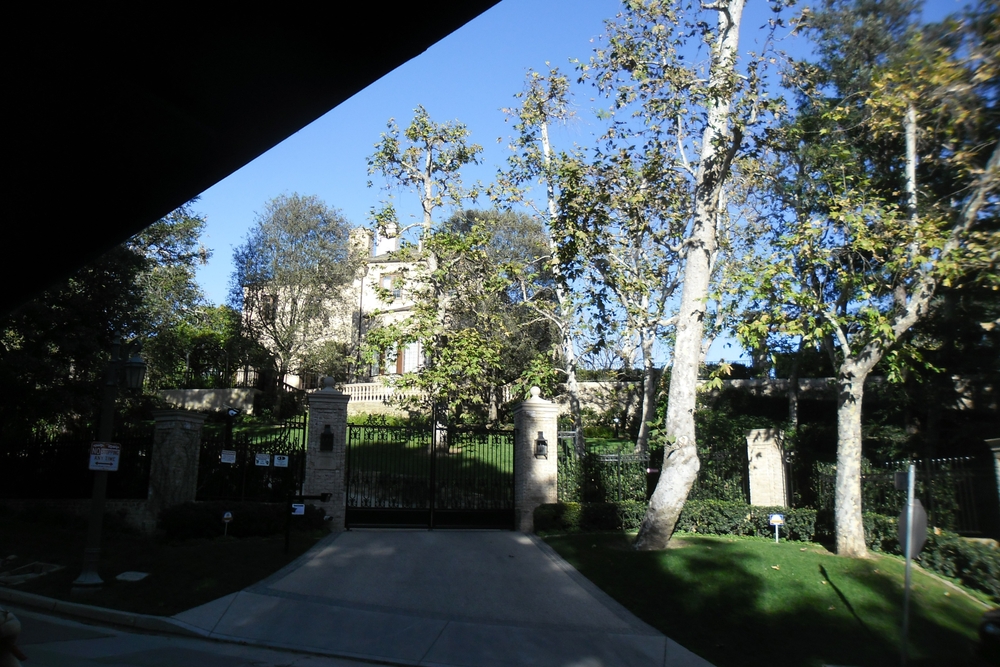
Jennifer Lopez’s Hidden Hills estate, with its nine bedrooms and a recording studio, seemed like an ideal retreat. However, the property’s sheer scale required constant attention and funding. Despite its appeal, Lopez found the estate too demanding, both financially and logistically. The celebrity eventually sold the home, realizing that its expansive nature was more of a burden than a sanctuary.
This decision reflects the complexities that accompany owning large estates, no matter how alluring they are on the surface. Lopez’s experience underscores the importance of aligning lifestyle with practicality, even for a superstar. The Hidden Hills estate was a symbol of success, but its demands were relentless. The tale serves as a reminder that bigger isn’t always better when it comes to real estate.
2. Britney Spears’ Studio City Compound

Britney Spears’ Studio City compound, complete with a tennis court and home theater, was a testament to her pop royalty status. However, the property’s maintenance demands soon became overwhelming. The extensive grounds and lavish features required a stream of funding that was hard to sustain. Spears eventually decided to sell, moving away from the compound’s financial pressures.
This decision reflects the burdens that accompany maintaining extensive properties, even for pop icons. Spears’ experience underscores the necessity of aligning lifestyle with sustainable financial management. The compound, while luxurious, became a financial challenge that outweighed its benefits. Her move serves as a reminder that sometimes, scaling down is a step forward.
3. Justin Bieber’s Calabasas Mansion

Justin Bieber’s Calabasas mansion was the scene of numerous headlines, but behind the tabloid stories lay an expensive reality. The property’s high maintenance costs quickly added up, proving to be more than Bieber was willing to handle. Despite its star-studded allure, the mansion became a financial weight, prompting Bieber to sell. The decision marked a shift towards a more manageable lifestyle.
This experience highlights the importance of realistic financial management, even for megastars like Bieber. The mansion’s headline-grabbing appeal was overshadowed by the relentless expenses it incurred. Bieber’s move to let go of the property underscores the need for balance between lifestyle and financial viability. His decision reflects a growing trend among young celebrities to prioritize sustainable living.
4. Johnny Depp’s French Village

Johnny Depp’s acquisition of a 37-acre village in the South of France seemed like a fairytale come true. However, maintaining this picturesque estate turned out to be more of a Grimm tale. The extensive renovations required to restore the historic buildings became a financial quagmire, draining Depp’s resources. Despite investing millions into its upkeep, the property remained on the market for years, unable to recoup his lavish spending.
The allure of owning a French village might capture the imagination, but Depp’s experience highlights the complexity of such grandiose projects. Every well was deeper than anticipated, every roof more costly to fix, creating a cascade of expenses. The lesson here is clear: even the most enchanting properties can quickly shift from dream to financial drag. Depp’s village remains a cautionary tale for celebrities who seek to own a piece of history.
5. Celine Dion’s Water Park Mansion
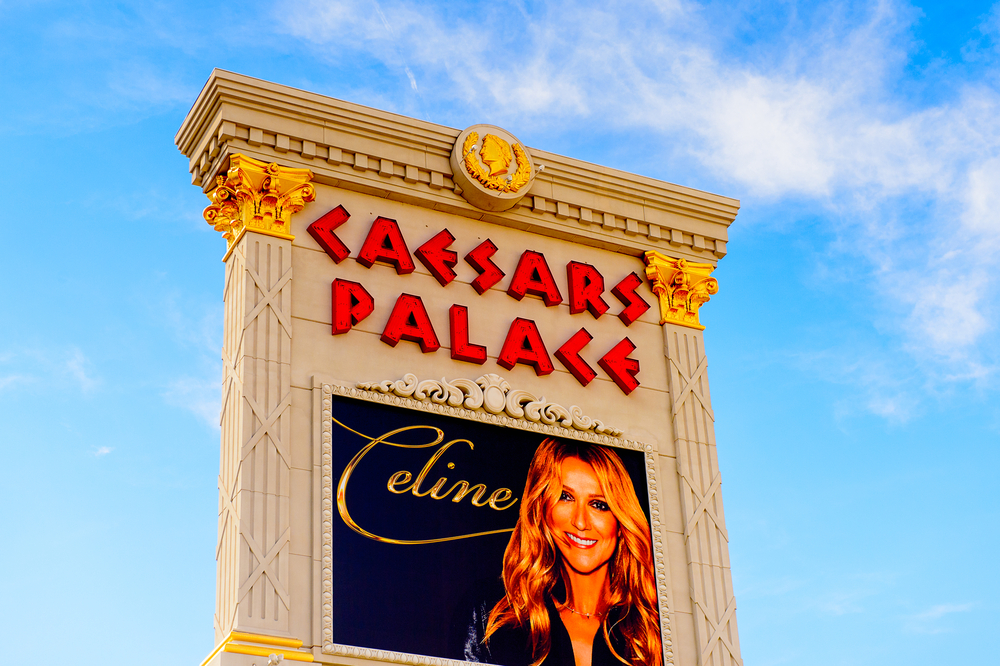
Celine Dion’s Jupiter Island mansion in Florida was not just a home; it was a private waterpark. With a lazy river, slides, and multiple pools, the property was a lavish testament to Dion’s superstar status. However, keeping this aquatic paradise afloat required an ocean of funds. According to reports in Forbes, the maintenance costs were astronomical, and despite its grandeur, the mansion lingered unsold for years.
This extravagant playground illustrates the pitfalls of over-the-top amenities that are difficult to maintain and even harder to sell. Dion’s water wonderland was a splashy showcase, but its novelty came with significant financial strain. The high upkeep costs turned this dream home into a financial sinkhole, proving that sometimes, less is more. The estate’s fate serves as a warning that not all luxurious features translate into a sound investment.
6. Michael Jackson’s Neverland Ranch
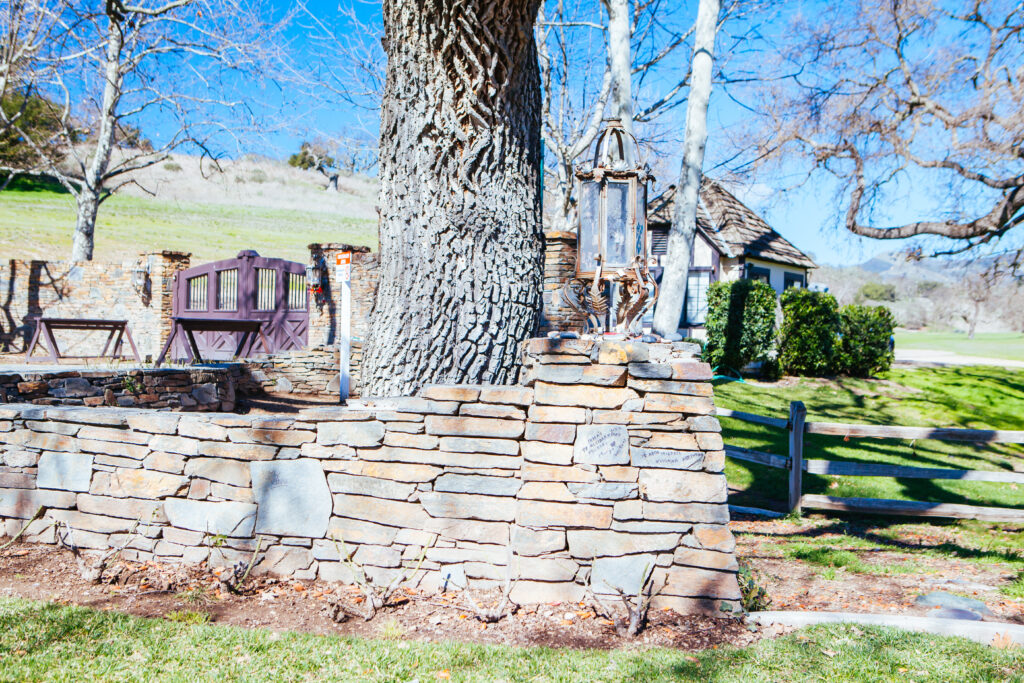
Michael Jackson’s Neverland Ranch was legendary for its whimsy and wonder, but behind the gates lay a financial abyss. The cost of maintaining its amusement park rides, a zoo, and expansive grounds became overwhelming. According to The Wall Street Journal, Jackson poured millions into the ranch, but its upkeep surpassed even his substantial earnings. After his passing, the property eventually sold for a fraction of its original value.
Neverland was a testament to Jackson’s unique vision, but it also showcased the dangers of unchecked extravagance. The ranch’s magical allure faded under the weight of its expenses, revealing the harsh realities of maintaining such an opulent estate. The financial strain it imposed serves as a poignant reminder of the burdens that can accompany a dream. In the end, Neverland highlights the precarious balance between fantasy and fiscal responsibility.
7. Nicolas Cage’s Haunted Mansion
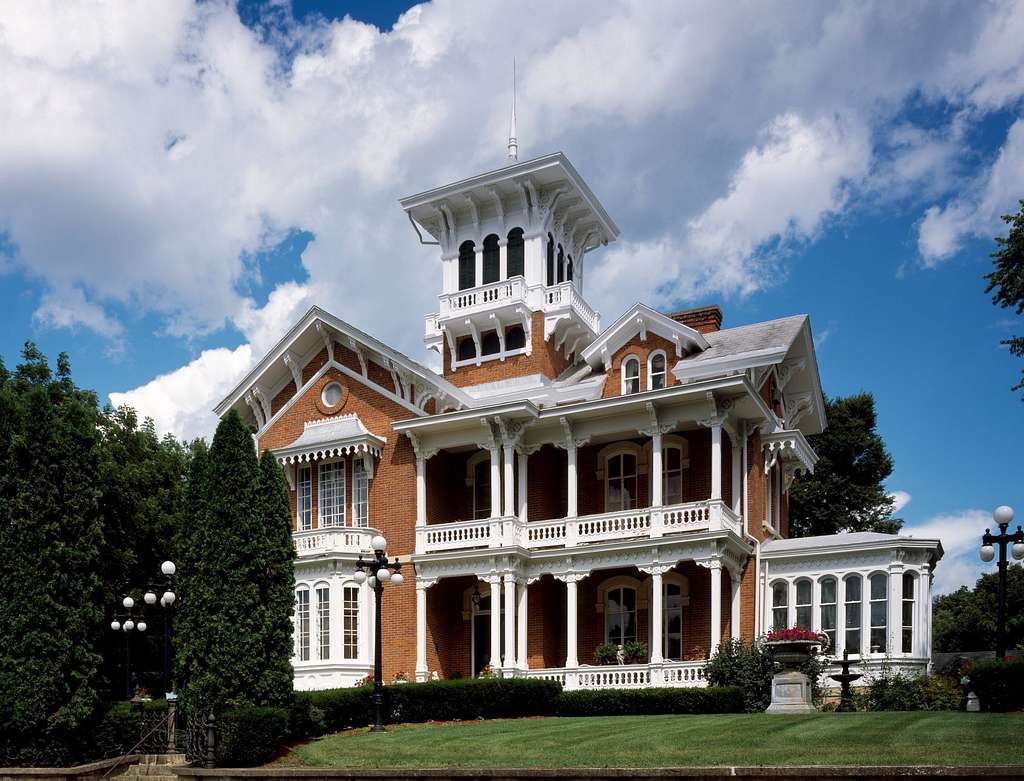
Nicolas Cage is no stranger to eccentric purchases, but his decision to buy the infamous LaLaurie Mansion in New Orleans tops the list. Known for its haunted history, the mansion required extensive repairs that drained Cage’s finances faster than a ghostly apparition. Despite his hopes of turning it into a tourist attraction, the property became a nightmare of renovation costs. Cage eventually lost the mansion to foreclosure, showcasing the spooky reality of owning a money pit.
The haunted property might have added an air of mystery to his real estate portfolio, but it also served as a cautionary tale. Cage’s attempt to capitalize on its macabre reputation didn’t pan out, as the constant maintenance costs outweighed any potential profits. It serves as a reminder that even A-list actors can fall prey to the allure of a historic, albeit cursed, property. Like a scene from one of his films, this eerie investment quickly turned from intriguing to terrifying.
8. Mike Tyson’s Connecticut Mansion
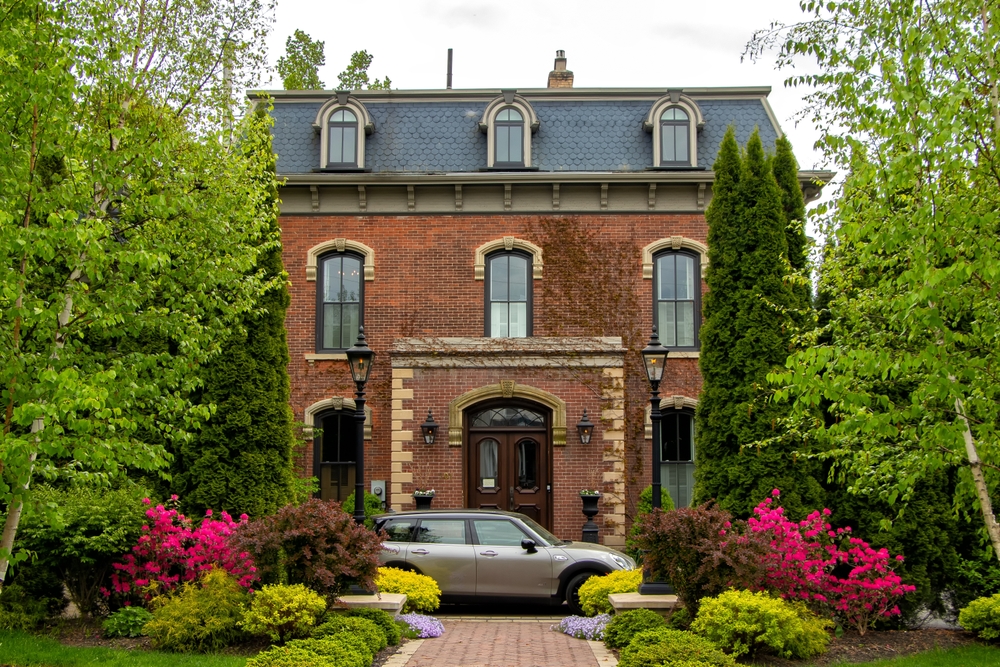
Mike Tyson’s 52-room mansion in Connecticut was as grand as his boxing career, but it packed a punch in expenses too. The estate, featuring an indoor pool and nightclub, required significant funding to maintain its opulent features. Tyson’s financial issues compounded, leading to the mansion’s foreclosure and eventual sale for a fraction of its cost. The property once symbolized his success, but quickly became a heavyweight financial burden.
This experience underscores the fleeting nature of sports fortunes and the importance of financial prudence. Tyson’s mansion was a testament to excess, but it also highlighted the importance of sustainable investments. The grandeur of the estate was overshadowed by the reality of its upkeep, serving as a lesson in the perils of overindulgence. Tyson’s tale is a reminder that even the most successful athletes are not immune to the pitfalls of excessive spending.
9. Mariah Carey’s Atlanta Mansion
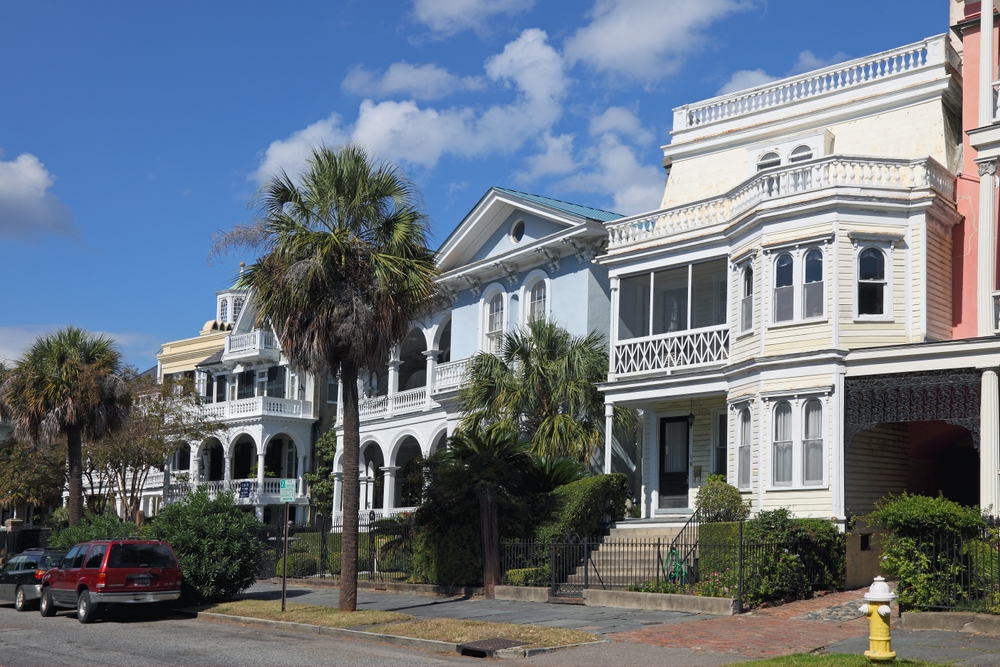
Mariah Carey’s Atlanta mansion, with its grand ballroom and exquisite design, was an embodiment of her diva persona. However, the mansion’s upkeep costs were anything but glamorous. The sprawling estate became a financial drain, leading to its sale just a few years after purchase. Despite its opulence, the property’s demands made it more of a burden than a luxury.
Carey’s experience illustrates the challenges of maintaining such grandiose homes, where the expenses quickly outpace the allure. The estate’s sale was a necessary step to alleviate the financial strain it imposed. Even properties that reflect personal branding can become unsustainable investments. Carey’s Atlanta mansion serves as a lesson in the importance of aligning real estate choices with financial pragmatism.
10. Heidi Klum’s Beverly Hills Mansion
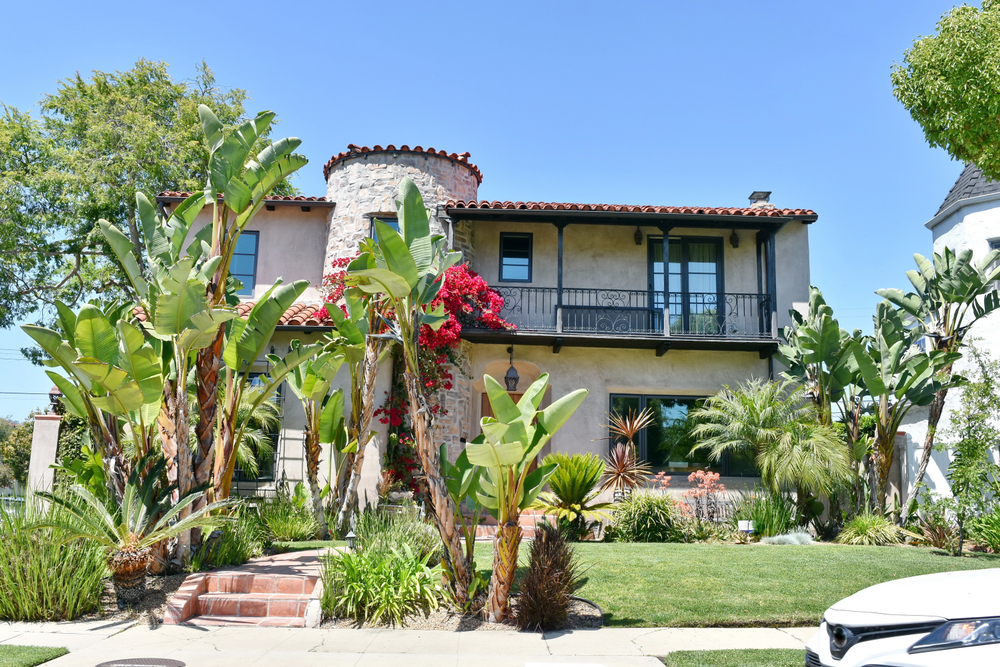
Heidi Klum’s Beverly Hills mansion, with its sprawling gardens and classic architecture, was a sight to behold. However, the upkeep of this grand estate proved to be a Herculean task. The property’s extensive grounds required constant attention, leading to mounting expenses that outweighed its charm. Klum’s decision to sell the mansion highlighted the financial pressures that accompany maintaining such expansive properties.
This experience highlights the balance between aesthetic appeal and financial feasibility, even for top models like Klum. The mansion’s allure was undeniable, but its demands were relentless, revealing the hidden challenges of estate ownership. Klum’s choice to part with the property underscores the importance of sustainable luxury. Her experience serves as a reminder that even seemingly perfect homes can become unwieldy investments.
11. Ellen DeGeneres’ Montecito Estate

Ellen DeGeneres’ Montecito estate, with its lush gardens and open spaces, was a stunning retreat. However, maintaining such a vast property proved to be a financial challenge. The estate’s needs were constant and costly, leading DeGeneres to ultimately part ways with it. Despite the property’s beauty, the financial implications were too significant to ignore.
DeGeneres’ experience underscores the complexities of owning expansive estates, where maintenance can quickly become overwhelming. The decision to sell reflects a broader understanding of the importance of financial pragmatism, even for television icons. The estate, while a testament to success, turned into a financial obligation that outweighed its allure. Her move serves as a reminder that even the most beautiful homes require practical considerations.
12. Tom Cruise’s Telluride Retreat
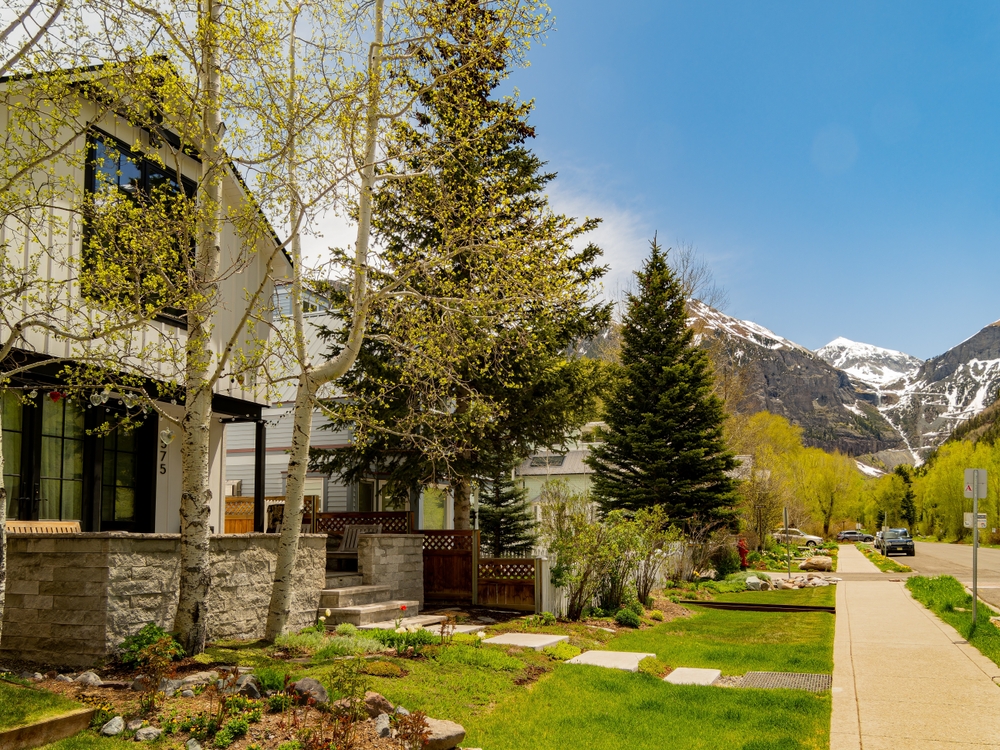
Tom Cruise’s Telluride retreat, nestled in the Colorado mountains, was a picturesque escape. Yet, the cost of maintaining such a remote and expansive property became a significant challenge. The demands of the estate were relentless, leading Cruise to list the property for sale after years of ownership. Despite its stunning location, the financial burden of upkeep was hard to justify.
Cruise’s experience illustrates the challenges of owning properties in remote locations, where logistical and financial pressures can mount. The retreat, while an ideal getaway, became a financial puzzle that was difficult to solve. His decision to sell highlights the importance of aligning property ownership with practical financial strategies. The Telluride retreat serves as a lesson in the balance between stunning landscapes and sustainable investments.
13. Kim Basinger’s Braselton Town Investment

In a move that seemed straight out of a Hollywood script, Kim Basinger bought the small town of Braselton, Georgia, in 1989 for $20 million. Her ambitious vision was to transform it into a tourist destination with movie studios and festivals, but the project quickly spiraled out of control. As costs soared and plans faltered, Basinger found herself in deep financial trouble. The town’s transformation never came to fruition, and she eventually sold it at a significant loss.
This Hollywood-esque venture underscores the pitfalls of celebrity investments that aim to reshape entire communities. The dream of creating a cultural hub was dashed by economic realities and local opposition. Basinger’s experience reveals how even seemingly charming plans can unravel, leaving stars with heavy financial burdens. It’s a stark lesson in the unpredictability of large-scale investments, especially when dealing with entire towns.
This article is for informational purposes only and should not be construed as financial advice. Consult a financial professional before making investment or other financial decisions. The author and publisher make no warranties of any kind.








